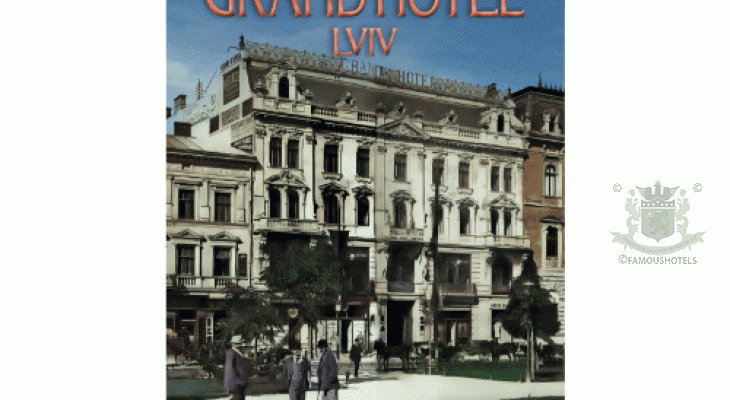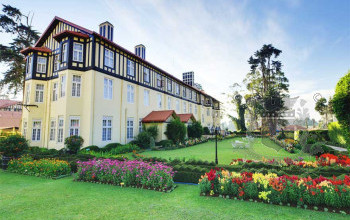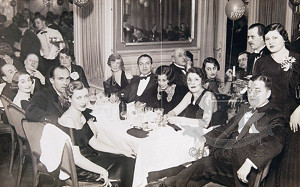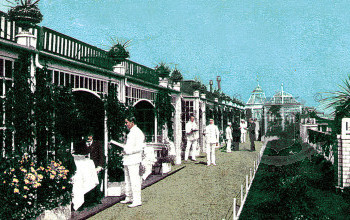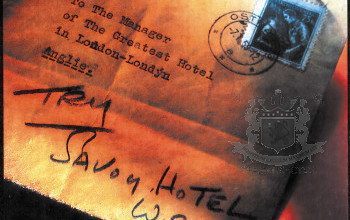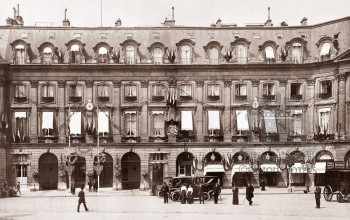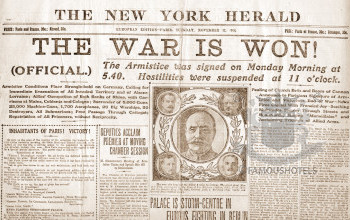Lviv - Ukraine - The Grand Hotel
( words)
As I write these lines, there is war in Ukraine. We have arrived in Lviv. A bombing raid could occur at any moment. Young men in dark green uniforms carry heavy backpacks. Their belongings for the time at the front. Farewell scenes we only knew from movies. But the tears are real. We leave the train station as quickly as possible. A strategic target, obviously. How can one come up with the idea of researching the history of a historic Ukrainian grand hotel in times of war?
Andreas Augustin
In the footsteps of Austrian emperor Franz Joseph I., Andreas Augustin embarked on a railway journey from Vienna to Lviv (Lemberg). In all modesty. Not in an imperial salon coach, but public railways.
The monarch visited the westernmost city in Eastern Europe (or, should you prefer: the easternmost city in Western Europe) several times. In 1894, he arrived to pay tribute to the "Grand Exhibition".
Andreas Augustin came to delve into the history of the most famous Grand Hotel of Ukraine. This iconic establishment, opened in 1894, holds the distinction of being the oldest luxury hotel in Ukraine. Augustin's exploration encompassed various fascinating narratives, including the evolution of travel during the monarchy, the development of railway systems, and the captivating history of Ukraine and Lviv, formerly known as Lemberg.
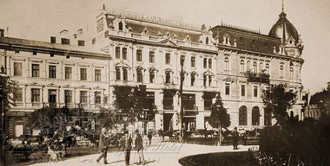
To begin his narrative, the author delved into the era of the monarchy, where travel was a privilege reserved for the aristocracy and wealthy elites. During this time, leisurely trips became a symbol of status and grandeur. Explorers and adventurers would embark on extensive journeys, often accompanied by an entourage of servants and accompanied by opulent luggage.
The advent of railway systems played a pivotal role in transforming travel during the late 19th century. Railways revolutionized transportation, making it more accessible and efficient for people to traverse vast distances. Lviv, situated at a strategic crossroads between Eastern and Western Europe, became a significant hub for railway connections. This newfound accessibility led to an influx of visitors to the city, contributing to its growth and cultural exchange.
The story of Ukraine and Lviv is a tapestry woven with historical events and diverse influences. Lviv, founded in the 13th century, experienced the rule of various empires and states throughout its history. It was a part of the Kingdom of Poland, the Habsburg Empire, and the Russian Empire at different times. Each of these eras left an indelible mark on the city's architecture, cultural heritage, and social fabric.
Before being known as Lviv, the city was called Lemberg. This name was derived from its history as a major center of commerce within the Kingdom of Poland. Lemberg flourished as an important trading hub, attracting merchants from different corners of Europe. Over time, it became a melting pot of cultures and a vibrant cosmopolitan city.
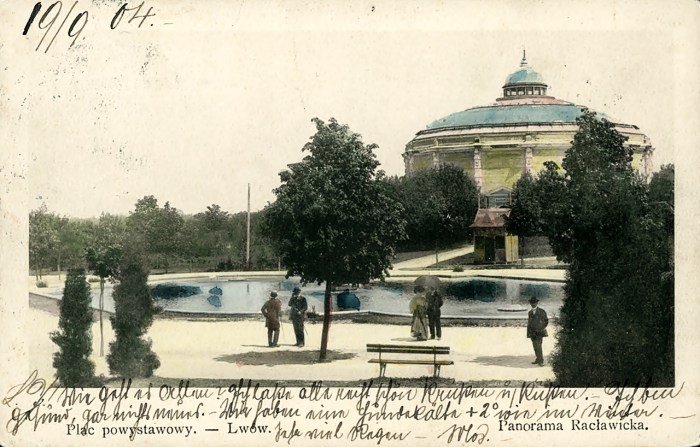
The 1894 International Exhibition in Lviv stands as a significant event in the late 19th century, showcasing the city’s cultural, industrial, and economic prowess to the world. Held in Stryisky Park from May 5 to October 28, this exposition marked Lviv’s emergence as a vibrant center of commerce and culture.
At the heart of the exhibition was the celebration of Lviv’s rich history and diversity. Visitors were treated to a captivating display of art, music, and literature that reflected the city’s multicultural identity. Lviv, situated at the crossroads of Eastern and Western Europe, was home to various ethnic communities, including Poles, Ukrainians, Jews, and others. The exhibition highlighted this diversity, fostering a sense of unity and pride among the city’s inhabitants.
The industrial section of the exhibition showcased Lviv’s growing economic significance. Various factories and businesses displayed their products, from textiles to machinery, demonstrating the city’s rapid industrialization. This attracted foreign investors and fostered economic growth, further establishing Lviv as a key player in the region’s economy.
Education and science were also integral components of the exhibition. Lviv’s renowned universities and research institutions presented their achievements, emphasizing the city’s commitment to intellectual progress. Scientific lectures and discussions were held, fostering an environment of knowledge exchange.
Artistic and architectural marvels dotted the exhibition grounds, with some structures, such as the Palace of Fine Arts, becoming iconic symbols of the event. These structures showcased the city’s architectural prowess and commitment to the arts.
The climax
In the summer of 1894, the vibrant city of Lviv, nestled within the Austro-Hungarian Empire, was abuzz with anticipation. The occasion? The grand visit of Emperor Franz Joseph I to the International Exhibition, an event that would forever etch itself into the annals of Lviv's history.
As the date drew near, the city underwent a transformation like no other. Elaborate decorations adorned the streets, and the grand exhibition hall, a marvel of architecture, stood as a testament to human ingenuity. Countless artisans and craftsmen showcased their talents, and innovations from around the world were put on display.
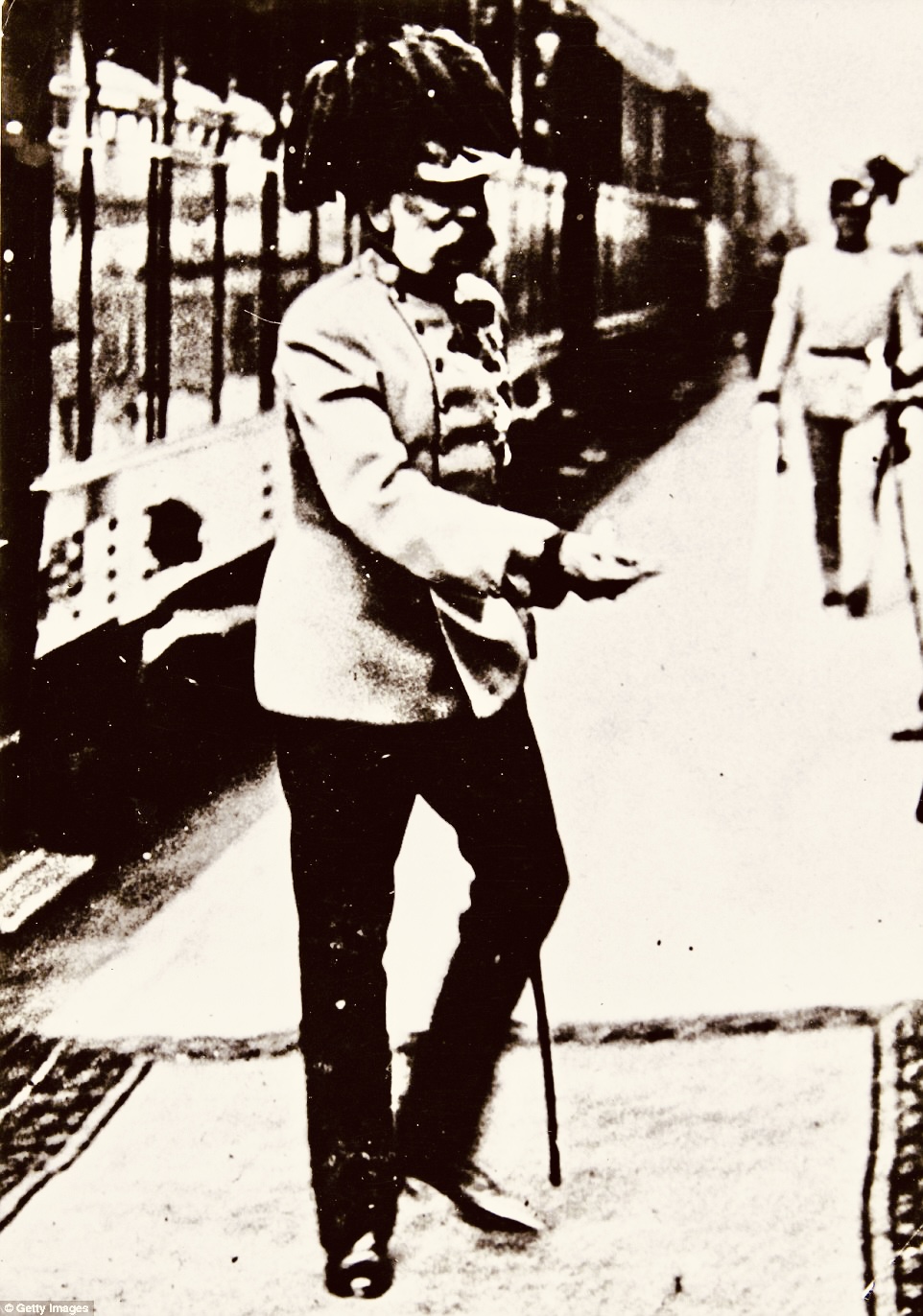 The day of the Emperor's arrival finally came, greeted by a jubilant crowd that lined the streets. The city's diverse population, a melting pot of cultures, eagerly waved flags and banners, demonstrating unity under the Habsburg rule.
The day of the Emperor's arrival finally came, greeted by a jubilant crowd that lined the streets. The city's diverse population, a melting pot of cultures, eagerly waved flags and banners, demonstrating unity under the Habsburg rule.
Emperor Franz Joseph, known for his stern demeanor, appeared genuinely intrigued by the marvels he encountered. He wandered through pavilions, observing the latest technological wonders, intricate artistry, and exotic exhibits brought from far-flung corners of the empire.
One particular highlight was the showcase of Lviv's rich cultural heritage. Traditional music and dance performances filled the air, while local artisans displayed their craftsmanship. The Emperor's visit served to reinforce the value of preserving and celebrating the unique identities within the Austro-Hungarian Empire.
The 1894 International Exhibition was not merely a display of opulence but a testament to the empire's commitment to progress and unity. It showcased the cultural mosaic that was the Austro-Hungarian Empire, with Lviv at its heart.
As Emperor Franz Joseph I departed, he left behind a city forever changed by his presence. Lviv had proven its worthiness as a cultural and industrial hub within the empire, and the memory of his visit continued to resonate through the years, a symbol of the empire's diversity and aspirations for a brighter future. It strengthened Lviv’s position as a hub of cultural exchange and economic activity in Eastern Europe. Moreover, it promoted a sense of unity and pride among Lviv’s diverse population, emphasizing the city’s unique identity. This exhibition was not just a historical event but a testament to Lviv’s enduring spirit and its ability to adapt and thrive in a rapidly changing world.
The Grand Hotel, opened right on time for the exhibition in 1894, still represents this testament to Lviv's rich history and heritage. Throughout the years, it has witnessed the changing tides of Lviv's fortunes, political transitions, and cultural transformations. Despite the challenges faced during times of turmoil, the Grand Hotel has managed to preserve its allure and continues to offer a luxurious experience to its guests.
About the book
Andreas Augustin's research and storytelling illuminates the captivating narrative of travel and the enthralling history of Grand Hotel Lviv, Ukraine's oldest luxury hotel. His exploration sheds light on the interplay between travel, culture, and the evolution of a city over time.

